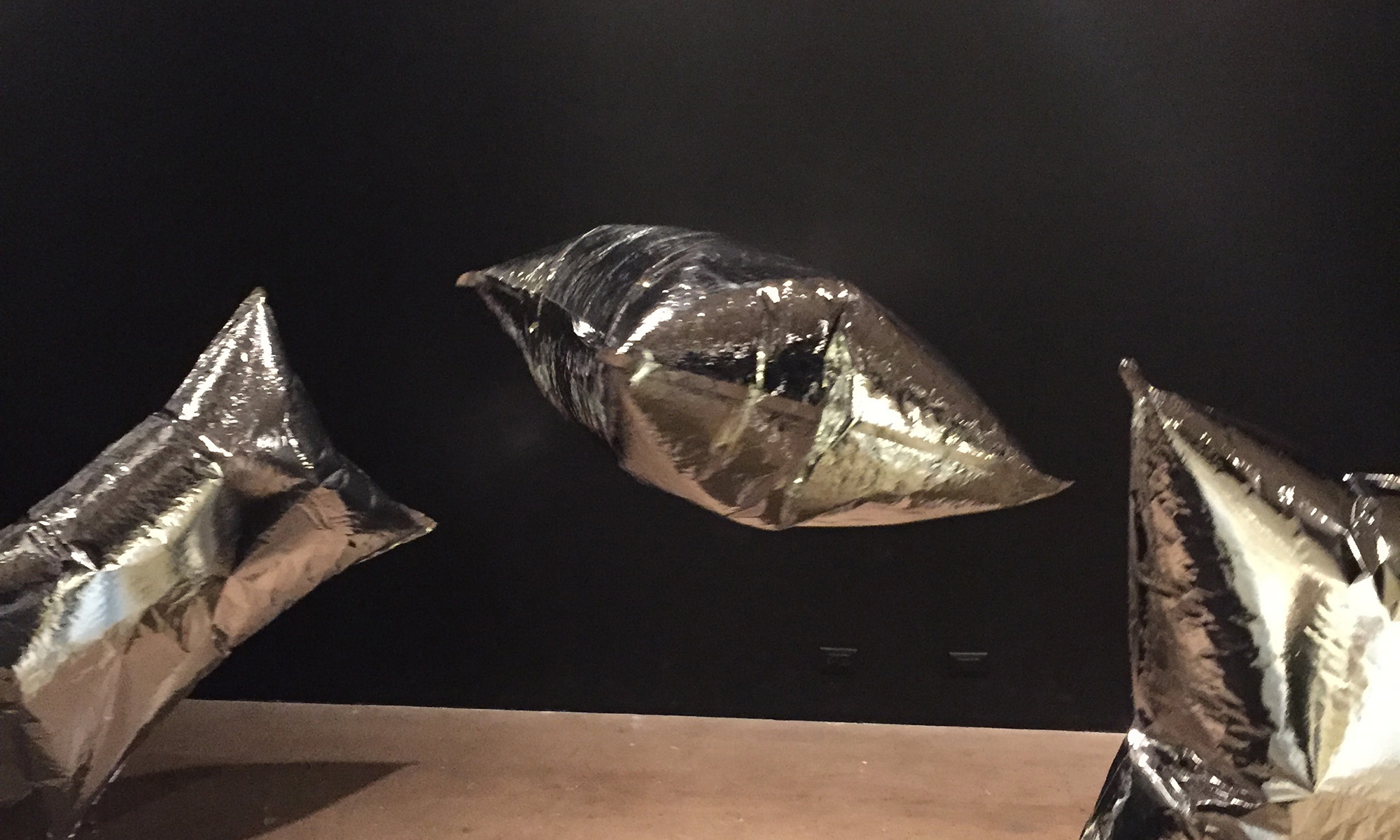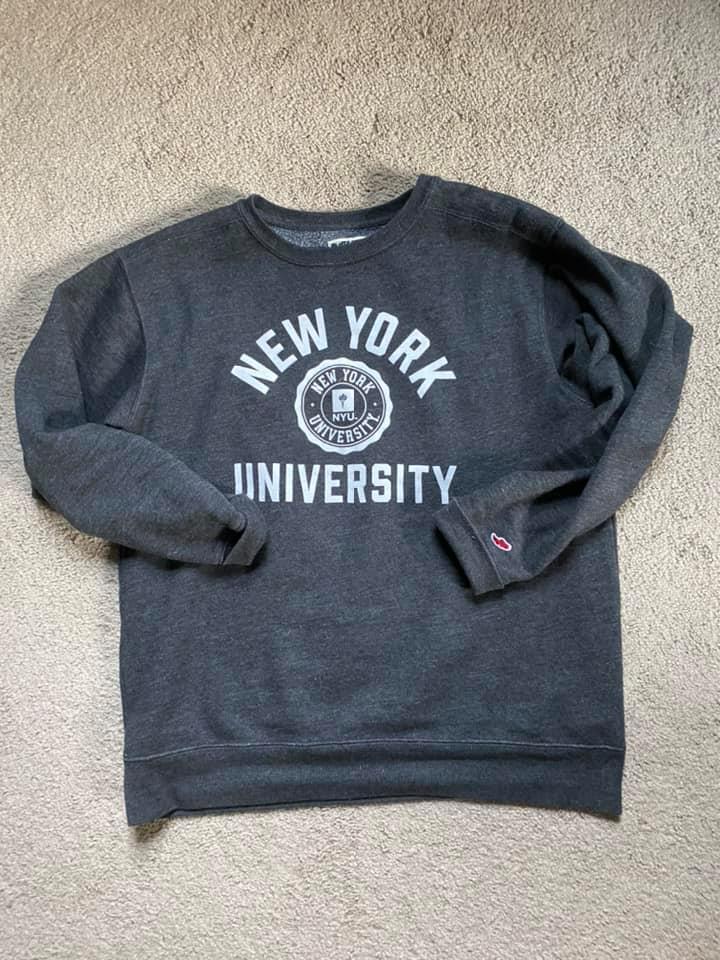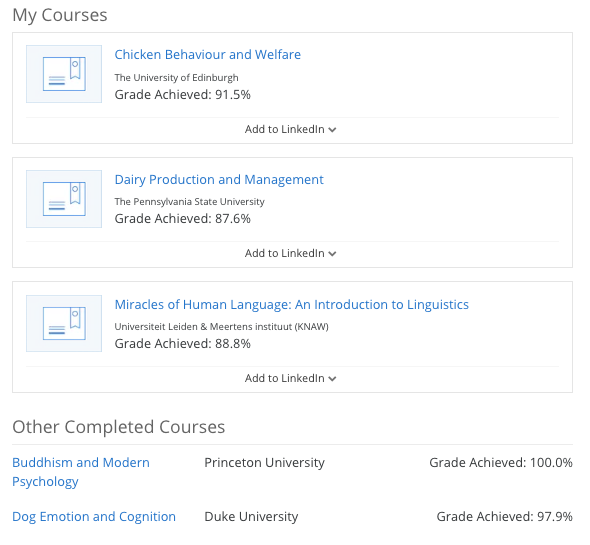In a previous post, I laid out the process for building an archive, researching, writing, and designing a corporate history book. In this post, I’d like to lay out the thought process for those that are considering the project. As I said previously, this process works for a corporate history or almost any project of this nature.
The Why
For any project, you need a reason. You’re about to spend (or pay someone else to spend) a lot of time building an archive and writing your history. What do you hope to get in return?
For a corporate history, do you feel your customers will value knowing more about you? Will what you have to say influence their decision to work with you or bind them to your company and its products? Is a company history “sticky” in your line of work?
For your team members, do you feel they will value knowing more about the history of the company they serve? Will it increase engagement? Will it aid in recruiting new talent? If so, why? How is your history relevant to your desirability as an employer?
Is it a legacy project? If you own a family business, is it intrinsically important to you to document the history for future generations?
Is this book part of your sustainability effort? Could looking at where you’ve come, what obstacles you’ve faced, and where you landed inform where you are going as a company? If you’re a privately-held business, a small business, or a family business, there is a good chance that your history isn’t recorded. Could a record help inform your future endeavors?
When I was working on my book project, I had to cover a devastating fire that destroyed a warehouse full of goods in the 1950s. Every family member I spoke with mentioned the fire. They all remembered where they were and how traumatic it was as an event as the cause was ruled to be arson.
However, they also remember how the business recovered. There was a period of mourning followed by a flurry of rebuilding with an eye to the future. What was rebuilt served the company better and helped change the direction of the business to where it landed today. The ownership went from focusing on a small footprint to thinking much bigger in terms of the scale of the customers they would serve.
There may be lessons to learn from the past in how you respond to future setbacks. It may be helpful to document changes in your industry and how your company adapted and evolved. Those same abilities to shift and change could be useful as you consider the future business environment and how you’ll meet future challenges.
Finding your motivation and the payoff before starting a project will help guide the project and ensure the book functions as you envisioned. It will also help guide the decisions you make with your creative team about the cost, time spent, and look of the final deliverable.
Should You Hire Someone
During my time working on this project, I met a freelance consultant who had done a company history and archive for McDonald’s. All her interviews were transcribed, and part of her process was to present a bound book of the interviews to each client she worked with. If you really just want to capture the memories, then this might be a good avenue for you. Search for an archivist near you.
If you do not wish to hire out the project, do you have a team in-house with the time to devote to it? See my prior post for the time estimate and consider it before assigning an in-house team. If you have someone great, can you clear their calendar to give them the time to devote to this project? Remember, this work is hard. Don’t burn out your best people by giving them a project of this size in addition to their regular workload. Give them the space to devote to it.
What Should the Book Look Like
The look of the book should help carry its purpose. The look is, essential, part of the message. Do you consider yourself a forward looking company? Then, consider a modern look and feel.
In the course of my work, several people passed along other company histories to me. One was a book celebrating the planning and construction of a new plant. This book, as you might expect, was bound with an integrated dust jacket, was full color, and was printed on glossy paper. The message: We’re growing. Hop aboard as a customer and as a team member. We have somewhere to go.
Another book given to me had an antique effect on the cover and most of the photographs were given a sepia tone effect. This didn’t send a message of a growing company. It spoke to a more conservative time and a reverence for the founders.
I’m not taking a side on the look you choose. Just think about it in reference to the message you want to send.
Who Will Print It
If this is the first time you’ve done a project like this, you’ll want to work with an experience printer who can answer your questions and doesn’t mind you stopping in to look at linen samples, paper samples, or being involved in the production. I, personally, like to spend money in my community, and I was delighted to find a company that could handle our size job locally.
Obviously, if you’re considering printing thousands of copies, you might have to look outside your neighborhood.
Is Digital Your Path
Maybe you’re not thinking print at all. Maybe digital is the right way to go. If so, you’ll save yourself the cost of printing; although, the research, writing, and layout process may be very similar.
If you have video or audio files in your archive, digital may also be the right choice as you can incorporate those elements.
If you decide to do both, it is fairly easy to create an ePub from your print InDesign file. If your book has a lot of pictures and the exact layout is important, you’ll want to consider a type of ePub that preserves the layout. This functions essentially as a web page with everything precisely positioned. If your book is mostly text, your ePub transition will be even easier as the text can flow like a web page around the natural marker of chapters and sections.
Think about both formats, how you’d distribute them, and what they say about your brand. If you’re using this to recruit new team members, the digital format could be put on your web site for easy distribution.
Distribution
Once you’ve completed the book, how will you distribute it? This is helpful to consider before you start as it could help inform the binding and cost structure of the book. In my case, our costs ran about $20/book for 1,000 copies.
If you spend this amount for this print run, do you have 1,000 people to give them to? Will you give them to your closest customers or your team?
If you’ve spent the money and the time, should you also consider an event to launch the book? If you plan on giving it to customers and prospects, an event might be just the thing to make it feel special and unique. An event could work for either format, but it would be most helpful for a print book. You can tuck them inside a swag bag for your guests.
Shelf Life
When I worked on my project, there was some concern about the shelf life of the book. One volume given to me as a sample was actually the first of two corporate histories produced for a company that was over 100 years old. Think about your history as just that – a point in time. Don’t try to slap in extra pages or get upset when the company changes. Capture your growth for volume two.
This is also a reason why your focus on distribution is important. Get your volumes out there while they matter. Don’t let them gather dust.
Happy book writing.
As always, if you have a question or want to chat, hit me up.


